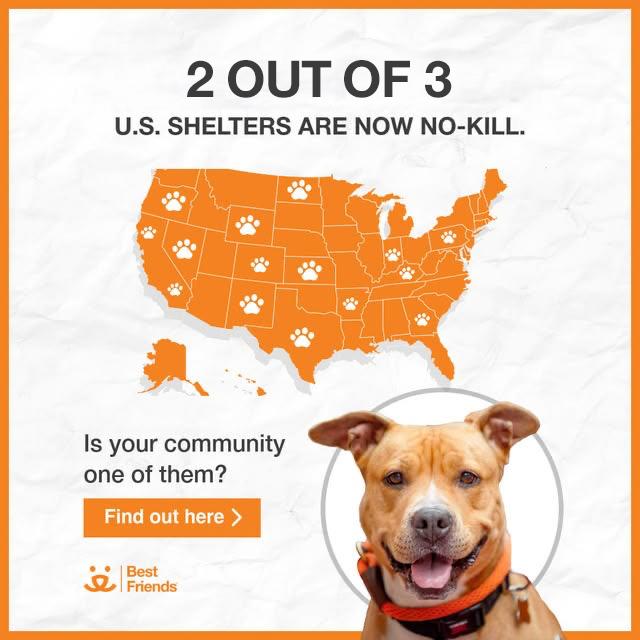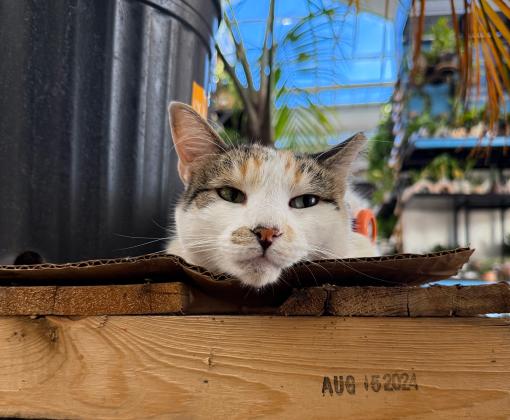
Shelter Dog Won't Go Back in Run
A common scenario at shelters everywhere: You’ve taken a dog out of his run for a bit and now it’s time for him to go back in. The dog puts on his brakes, tries to back out of his collar, lies down and won’t move. You try to pull him and he starts to growl. What to do?
First, don’t get into a physical fight with a dog because you may both be injured. Here are some ways to help him feel better about going back into his run:
- Carry treats, his favorite toy, or some of his regular food with you. After he has eliminated, while walking back, hold a toy (maybe a rope toy or loaded treat tube) or give small treats to help him stay busy enjoying something.
- Toss a few high-value treats in his run as you take him out – a surprise for him to find upon returning to the run.
- Go back into the run with him and stay for a few minutes. Time spent with you in his run will become very special to him.
- If someone else has walked him, surprise him by going in and visiting without him coming out.
- To build trust, give the dog part or all of his daily meals by hand-feeding him instead of putting his food in a bowl.
- If possible, walk back to his run from a different direction sometimes.
- If possible, move him to another run to live. Having different sights and sounds can make returning to the run more palatable.
Things you can do while in his run:

See how your community is doing
- Introduce aromatherapy – lavender, chamomile, dog-appeasing pheromones (DAP) – for stress relief. Try different ones; some dogs have favorites.
- If he enjoys touch, try petting, brushing and massage. If he is touch-challenged and needs hug therapy, please read “Teaching Your Dog to Enjoy Touch.”
- Play soothing music or read out loud to promote calm.
- Teach and practice responding to basic cues (see “Teaching Your Dog Basic Cues”) to keep the dog engaged and thinking.
If possible, go for outings with the dog – car rides, sleepovers, or trips to places where he can romp on a long leash, dig somewhere appropriate, play in water, find hidden toys, or enjoy a Kong or other treat-dispensing toy. Think outside the box: Can he spend a little time in someone’s office? Can he go on lunch dates with staff or volunteers?
Besides helping to reduce return-to-run resistance, many of the above activities help dogs become more adoptable. Every dog needs our assistance to become more adoptable or to stay adoptable until he/she finds a wonderful home. You can make a difference in shelter dogs’ quality of life by adding enrichment with your time, attention and love.
Note: This resource is directed at helping dogs in shelters and rescue groups, not personal pets, who should live in our homes as family members.
